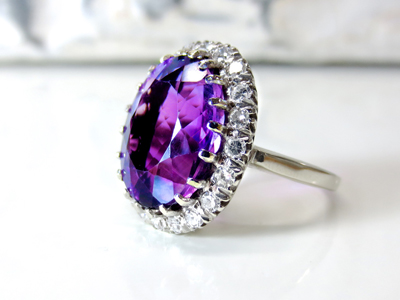- Types of processing: cutting, welding, marking
- Machined materials: brass, bronze, aluminum, stainless steel, titanium, gold, silver, glass, crystal
- Material thickness: several μm to several mm
- Adventages: no finishing, no additional joining materials in the welding process, cutting of reflective materials, high repeatability and precision

Cutting
Laser cutting allows easy automation of jewelry processing – both prototype and single product manufacturing processes, through low-volume to high-volume production. High precision combined with the small diameter of the laser beam makes it possible to produce complex shapes even for very small components. What’s more, the use of laser radiation makes it unnecessary to perform additional operations after the cutting process (such as grinding, honing or other types of finishing). Laser technology makes it possible to machine almost all metal alloys, including brass, bronze, aluminum, stainless steel, titanium, gold and even glass. The thickness of the workpiece can range from a few micrometers (thin films) to several millimeters, depending on the laser used. Thanks to the use of computer-aided design programs, any shape or contour can be prepared in minutes and almost instantly transferred to the material.
Welding
The precision of laser processing makes repairing and joining components even easier to perform. Instead of using expensive clamps, components are placed in a chamber and then positioned accordingly based on the microscope image. The laser then creates a spot weld – even where it is not possible with traditional technologies. Moreover, it does not require the use of additional materials to create the joint. The joint is permanent and there is no need for additional post-processing.
